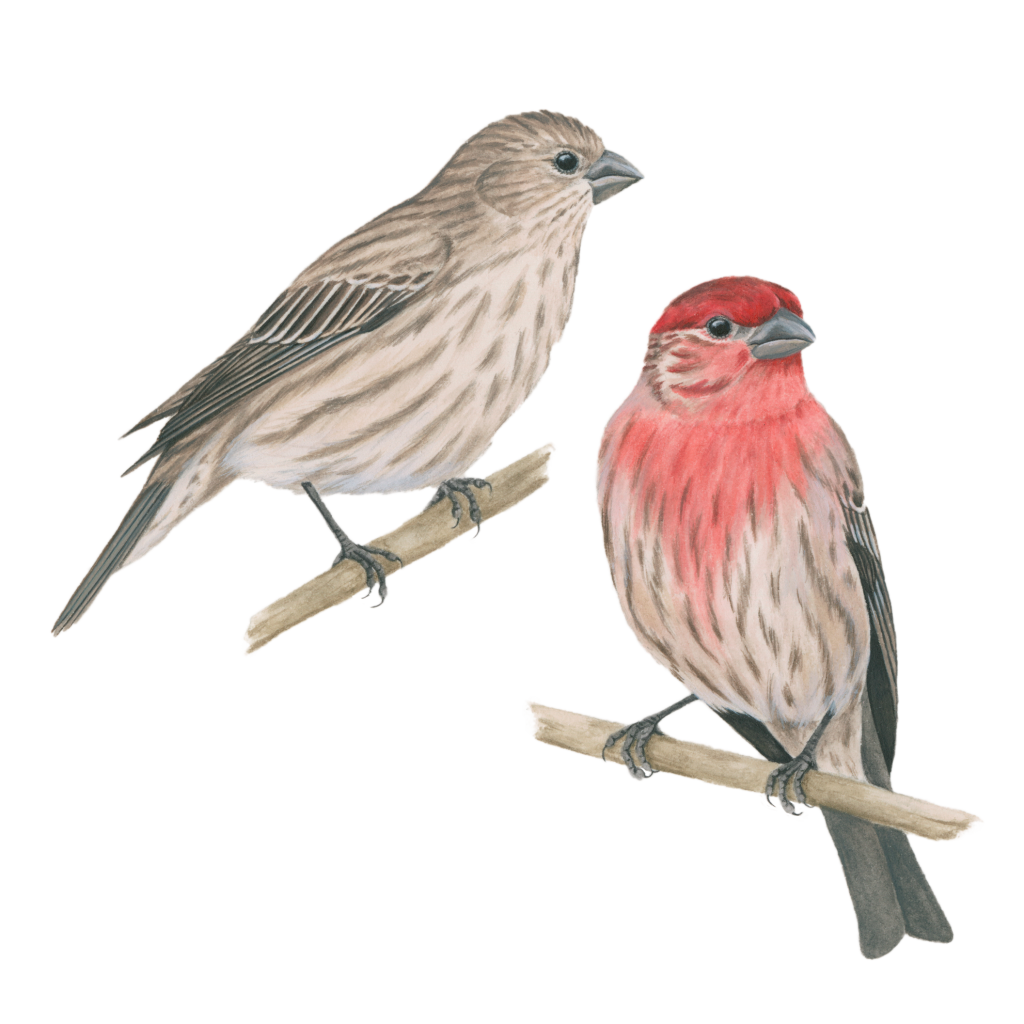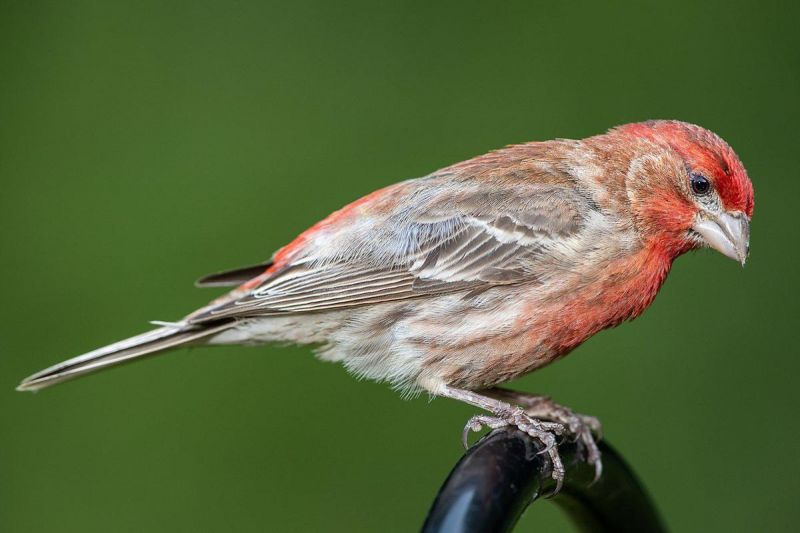Table Of Content

House Finches are common year round in human-altered areas throughout Washington. They are typically absent from montane forests and open, non-agricultural range. Their distribution is strongly correlated with the presence of bird feeders. Adult males are rosy red around the face and upper breast, with a streaky brown back, belly, and tail. Common Rosefinch males are bright red on the head, breast, and rump and brown with hints of red over the rest of the body. You can attract Pine Grosbeaks to black oil sunflower seed feeders or suet feeders.
Feeding Habits - What is the Best Seed for wild House Finches to Eat

This tends to make them more attractive, so therefore, their “ornament” must have an obvious function. Females/immature males are brown overall with blurry streaks down the belly. Attract Common Rosefinches to your backyards by offering seeds, peanuts, and fruit. Juveniles look entirely different, having no red patch on their forehead and are mostly gray with a lot of streaking on their body. In winter, they will sometimes tunnel into the snow to stay warm during the night.
Why Male House Finches Can Be Different Colors
Your local house finch got its start in ‘Hollywood’ Gloucester County Nature Club - NJ.com
Your local house finch got its start in ‘Hollywood’ Gloucester County Nature Club.
Posted: Thu, 19 Mar 2020 07:00:00 GMT [source]
The main factors that influence the lifespan of house finches include predation, disease, and environmental conditions. While seeds form the core of their , house finches also rely on supplemental food sources, especially during certain times of the year. These additional food options provide the necessary nutrients and variety to support their overall health and well-being. In more natural habitats, House Finches can be found in areas with shrubs and trees that provide suitable nesting sites.
Seed Preference
Plumage coloration ranges from yellow to bright red depending on the amount of carotenoid rich foods they eat; the more carotenoids in food the brighter red they become. If you need help identifying finches with red heads in North America, then you have come to the right place. Get photos, identification help, bird calls, and what you need to know about where you might spot them and at what time of year. It is a colorful bird with a bright red head, back, wings, and yellow underparts.
Washington Range Map
House Finches are common and widespread across most of North America, including Hawaii. Meanwhile, Purple Finches nest in Canada, along the Pacific, and in the Northeast. In winter they migrate as far south as Florida, but they don't typically visit the Interior West at any time of year.
Both males and females exhibit vibrant colors, although the males tend to be more brightly colored. The male house finch boasts a beautiful combination of red, brown, and gray feathers. The intensity of the red hue can vary based on the bird’s , with a richer red coloration often indicating a healthier and more nutritious .
The Coloration Mystery
Outdoors column: Purple finch a common sight at winter feeders in Central Minnesota - SC Times
Outdoors column: Purple finch a common sight at winter feeders in Central Minnesota.
Posted: Fri, 28 Jan 2022 08:00:00 GMT [source]
Predators such as domestic cats, birds of prey, and snakes pose a significant threat to house finches. These predators are always on the lookout for an opportunity to feed on eggs, nestlings, or even adult birds. House finches have developed various strategies to minimize predation, such as choosing well-hidden nesting sites and practicing vigilance when approaching their nests. Another significant supplemental food source for house finches is nectar.
Feeding Habits
Availability of food resources is a crucial factor, as they primarily feed on seeds and fruits. Their ability to find these food sources in various habitats allows them to occupy a wide range of environments. In urban settings, House Finches can be seen frequenting parks, gardens, and residential areas.
Similar Species to House Finches
Bird watchers can easily attract this bird to feeders by offering Black-oil Sunflower, safflower, and nyjer seeds. Even during the breeding season, these birds regurgitate seeds to their young. The female has a uniformly brown-streaked head with broad brown streaking on the breast and belly. While adult females look similar to sparrows, there is no such thing as a Red Headed Sparrow or Red Headed Wren.
Once the nest is complete, the female house finch lays a clutch of eggs, usually numbering between 3 to 6. The eggs are pale blue or greenish-white with small brown speckles. The female incubates the eggs, while the male provides her with food during this period.
It encourages readers to view house finches not merely as subjects of study but as integral contributors to the rich tapestry of biodiversity. One of the distinctive features of house finches is their gregarious nature. These sociable birds are often found in groups, engaging in lively interactions. Unlike territorial species, house finches embrace a non-territorial lifestyle, fostering a sense of community among them. This gregarious behavior extends to their foraging activities and communal roosting, creating a dynamic and interconnected social structure.

No comments:
Post a Comment